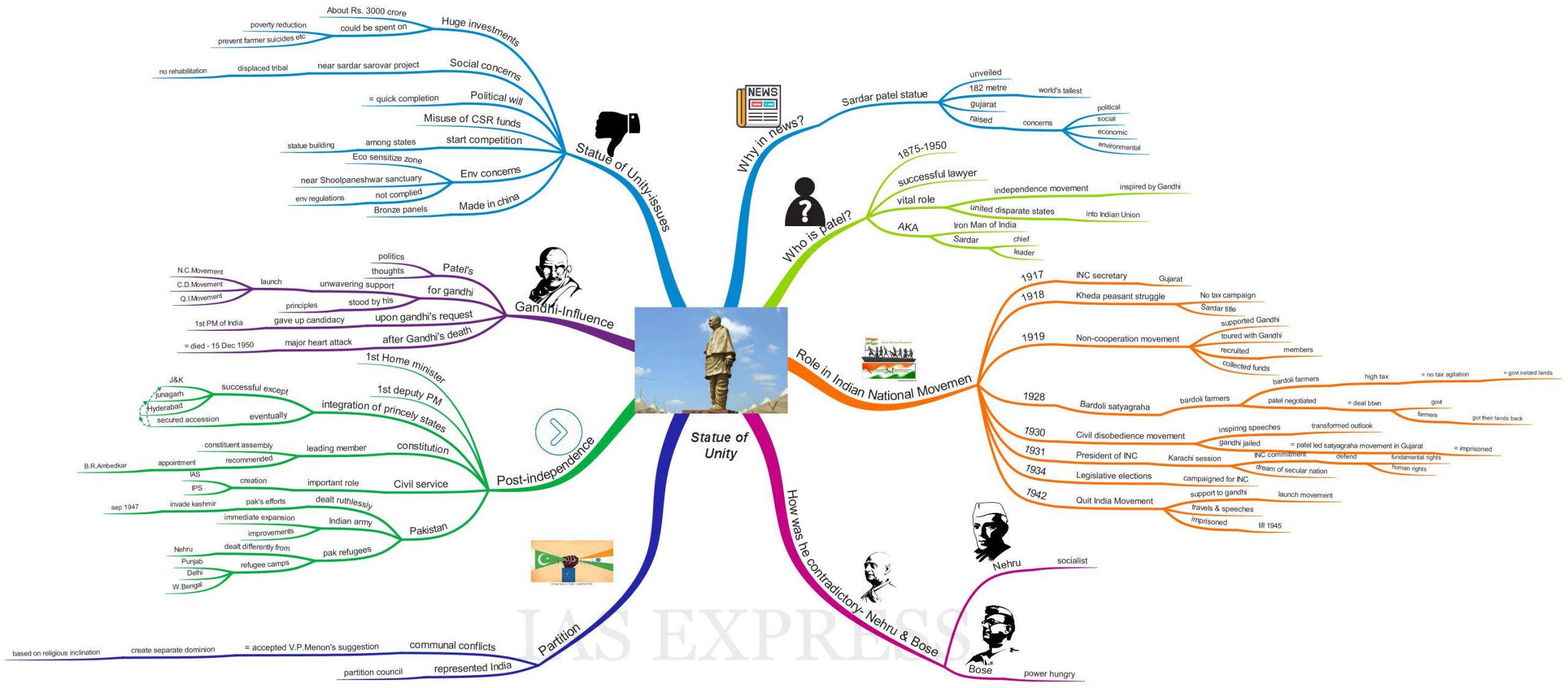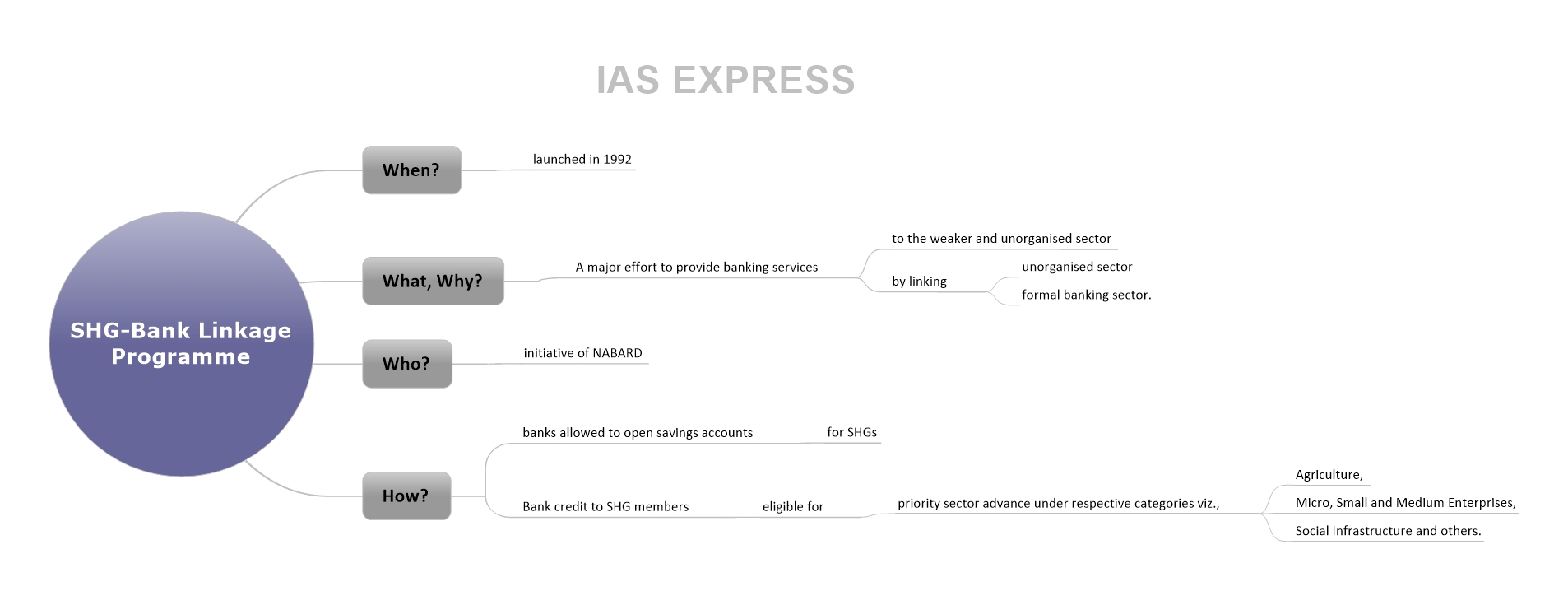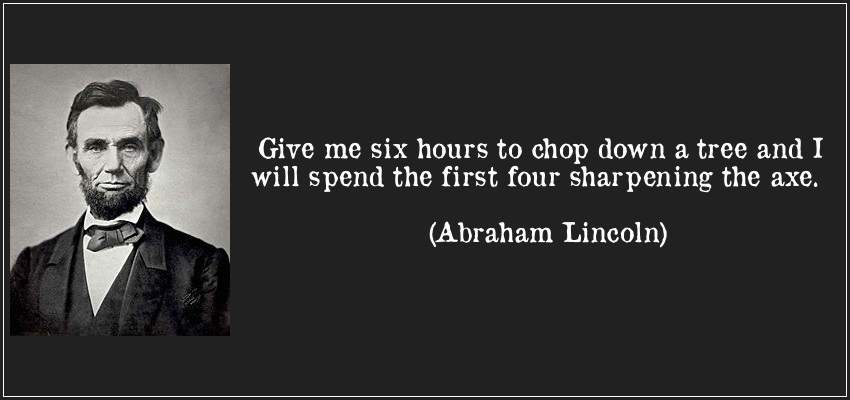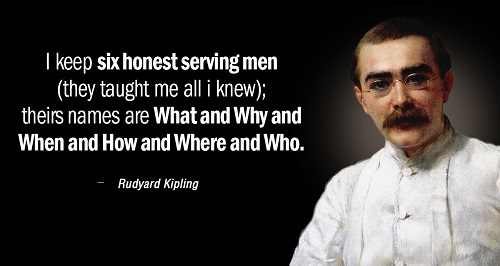How to remember everything you learn for UPSC? – 4 Memory Tricks to Ace the Mother of all Exams

Note: This article is not only for UPSC aspirants but also for anyone who is struggling to remember what they read.
Have you ever wondered why you could not remember a chapter in a history textbook or any subject that was studied just a week ago? Have you been wondering how to cover and remember the humongous syllabus of UPSC with all those books, newspapers, online sources etc.? Then this article is for you.
You may have tried different study techniques like understanding better, frequent revisions etc. They may have improved your memory to some extent, but they are not fool-proof. Because UPSC has this issue of asking questions which are way too difficult or confusing to answer in order to filter out potential candidates from lakhs of aspirants. For example, questions like “Which of the following wildlife sanctuaries is located in Madhya Pradesh?”, “Which of the following countries borders with Mediterranean Ocean? Which of the following rivers is the right tributary of the Ganga River? Etc. cannot be answered with just basic reading and revisions. Because you would need a better memory to solve them. The common recommendation would be to always keep atlas beside you and always refer it. But it is not the smart way. I’m not telling you to throw away your Atlas. Atlas is required to get the general perspective of the location of countries, rivers, lakes, etc. However, to ace UPSC, you would need much more than just constantly reading and revising contents. You need memory techniques to remember whatever you read for the long term.
In this article, you are going to learn four fool-proof memory techniques that will help remember whatever you read for a very long time. I will also tell you how to integrate these techniques and better implement them.
#1 – Mind Maps
- A mind map can turn a long list of boring information into a colourful, memorable and highly organized diagram that works in line with your brain’s natural way of doing things.
- A mind map is hierarchical and reflects relationships among pieces of the whole.
- Whenever you make notes from books or newspapers, instead of writing paragraphs or bullet points, you can make a mind map for the big-picture analysis and better recall.
- How to make a mind map?
-
- Step 1: Write the main concept at the centre of the page.
- Step 2: Write sub-topics around the main concept and link them together.
- Step 3: Write the key points under each-subtopics.
- Step 4: Mark relationship (if any) between different points in the mind map.
-

- Above is the example mind map from our article on the statue of unity issue. Here,
-
- Statue of unity – the Main concept
- Why in news? Who is Patel? Etc – Sub-topics
- Then the nodes that branch out from sub-topics are key points.
-
- Rules for mindmapping:
-
- Write only important points under each node. Because those points would likely trigger your memory of other points when you revise.
- A single node should not have more than 3 words. Because it’s no use to just copy-paste the whole paragraph into a mind map. You will not get the analysis in this way.
- Draw images if you have time. Simple stick figures or emojis would suffice. It is because an image is worth a thousand words.
-
- You can draw mind maps in the paper itself, however, there is a page limit to how much you can add sub-concepts and key points around the central concept. That’s why there are a lot of softwares out there for effective mind mapping without the limitation of paper. Also, softwares allow you to place images in the mind map by just copy/pasting them from google images.
- Some of the top mind mapping softwares are
-
- MindMeister
- Mindjet Mind manager
- iMindmap
- Coggle
- XMind
-
- In IAS EXPRESS, you will find mind maps for both static syllabus and current affairs which will give you faster reading, better analysis and better recall of all the concepts and it will save you a lot of time preparing mind maps yourself.
#2 – Memory Palace
- This is the most important memory technique as it will radically change the way you’ve studied since your childhood days.
- The Method of loci or famously Memory or Mind Palace is a method of memory enhancement which uses visualizations with the use of spatial memory to quickly and efficiently recall information.
- It was used by ancient Greeks and Romans to effectively recall information for the purposes like giving a public speech.
- Nowadays, this technique is being used by many memory contest champions to recall faces, digits, and lists of words. Even Sherlock Holmes does mind palace in the BBC TV series “Sherlock” and solve the crimes by recalling a truckload of information from his palace (Watch it if you haven’t yet).
- If you want to remember a specific set of information, say, for example, list of countries around the black sea (these kind of questions are really important for prelims), then follow the steps below.
- Step 1: Note down the list of countries around the Black Sea
- Ukraine
- Russia
- Georgia
- Turkey
- Bulgaria
- Romania
- Step 2: Imagine that you are entering your house (assume it) by opening the Black gate (Black Sea). Then suddenly the rain starts pouring (Ukraine). You are wet all over.

- Step 3: Then you are surprised by Vladimir Putin (Russia) standing at your front door welcoming you.

- Step 4: Once you are inside the house, you got freshened up and sat down on the sofa (yes you’d left Putin alone outside in the rain). Then you are turning on the TV and watching a wildlife programme in which a Cheetah chasing a Deer in the National Geographic Channel (Georgia). (If you have watched “George of the jungle”, then imagine George swinging on a vine that hangs on the ceiling).

- Step 5: While you are watching the TV, your mother/guardian shouts at you to come to the dining room to eat dinner. You are surprised at what she’d made, it is Turkey Chicken (Turkey) served hot at the dining table.

- Step 6: After you had your dinner, you’d decided to go to your bedroom and take some rest. When you open the door to your bedroom, you got shocked at the sight of a huge bull (Bulgaria) sleeping on your bed (maybe it got escaped from the Jumanji Jungle). Then you are trying to get it out of your house through the backyard.

- Step 7: But when you opened the door to your backyard, you got another surprise waiting for you. It is the great Roman general and statesman Julius Ceaser (Romania) who is looking for his precious little pet, that is, the huge bull beside you. After saying goodbye to you, Ceaser and his bull went back to hell or heaven; whatever.

- See, this is how the memory palace is done. Each country is associated with a person or object and pegged/attached to the particular location in your house – Black sea at the Black gate, Ukraine (Rain) on your front yard, Russia (Putin) at front door, Georgia (Nat Geo channel) in the TV, Turkey on the dining table, Bulgaria (Bull) on your bed and finally Romania (Roman general Caesar) on your backyard.
- So when you want to recall the information later, just start your journey from the front gate of your house and end in your backyard. You can also easily recall from backwards i.e., from the backyard to the front gate.
- The palace can be whatever you want – your house, your neighbour’s or relative’s house, the nearby street, your school, college, office, etc. When you ran out of palaces, you can just draw a random 2D layout with rooms, streets etc. in the paper and imagine it in 3D view and then create the memory palace.
- There are 4 rules for creating an effective memory palace
- Be vivid in your imagination. Create a scene instead of just placing the information in the palace. You would need to imagine using all of your senses: Vision, hearing, taste, smell, and touch.
- Defy logic and be funny/weird. Because you would remember the funny/weird things or persons better than the normal ones.
- A single location in the palace should have single information. Because overcrowding of information in a single location would confuse you when you recall later. For example – Putin (Russia) was placed at the front door, Turkey chicken (Turkey) was placed on the dining table etc. Don’t place Putin together with Turkey unless you have the concept or news that tells that Russia has declared war on Turkey. In such cases, you can imagine Putin eating Turkey chicken aggressively.
- Understanding comes first. Don’t just blindly read the topic and put it in your memory palace. You have to understand the concept then convert it into a person/object and then place it in your memory palace. You can understand concepts using W5H approach that is the next technique we are going to talk about. But it is not required for list-based topics like rivers in which states? countries borders with which oceans? reports published by which organization? etc. You can just put them in the palace like the one you’ve seen above with the Black Sea.
Things to Note:
- At first, creating a memory palace would be daunting and stressful for your mind. But it gradually gets better with time as you would have associated every word in English with a person/object.
- You might wonder if creating the memory palace take so much time or not? The answer is Yes and No. Yes, because preparing memory palace would take some time than just basic reading, but it is fun and interactive. No, because it saves you a lot of time for revisions. If you revise a concept 5 times a month through normal reading, you would need just 1 revision if you’ve created memory palace of that topic and you don’t need to see your notes for revision at all because you just have to start your journey in your mind itself. Thus it saves a lot of time. Besides, it will actually deliver the result in the exam as you get a fool-proof memory.
- So try it at your own risk based on how much time you have got before the exam.
Why wait? Try to create your own memory palace now.
#3 – W5H Approach
- Whenever you read a topic for the first time, your brain would seek answers to the questions – What, Why, Where, When, Who & How (W5H) for better understanding of concepts. As you might know already:
Better Understanding = Better Memory
- However, most of the times, we fail to feed our brain with those answers and read whatever we see blindly.
- So how to use this approach?
-
- Whenever you read a topic, separate contents in the topic based on W5H and take notes in a mindmap accordingly.
- You can also add more nodes like pros, cons, challenges, etc in addition to W5H.
-
- We have implemented this method in our Current Affairs Mindmaps (Prelims) for better understanding and revision. Here is a topic from it:

- Note:
-
- You should carefully determine which is “What”, which is “why”, which is “How”, etc. For example – “What” should always explain the “What” part of the concept instead of using it for relative concepts like “What are the pros”, “What are the challenges”. Because the latter two are not “what” but are “Pros” & “Challenges” of the topic and they need to be dealt separately.
- Also, “What” should always be followed with “Why” and “Why” should always be followed with “How”. Not the other way around as it is the natural way of learning new things. However, “Where” & “When” can come anywhere.
-
#4 – Space Repetition
- Spaced repetition is a learning technique that requires you to revise or review the information that you’ve read at gradually increasing time intervals.
- For example, if you have studied the Fundamental Rights topic today, then you need to revise that topic using this principle 1, 7, 30, 90, 360. 1 means revise after 1 day, 7 means revise after a week, 30 – revise after a month, 90 – revise after 3 months, and 360 – revise after a year (approx). You can change the repetition intervals according to your memory level.
- Always allocate the time for revisions in your time-table based on these time intervals.
How to integrate these techniques?
- Prepare notes using the W5H approach in a mindmap format.
- Put those notes in a memory palace (if you have more time).
- Revise the notes using spaced repetition.
I hope this article solved your major hurdle in clearing UPSC or any other exam. Please share this article with your peers or anyone who is struggling to remember what they read.
If you have any doubts regarding these techniques or have some of your own memory techniques to share, please leave it in the comments.






Thanks for sharing such important memory tricks with all. This will be one of the leading inputs for the aspirants to crack the UPSC exam.
please add more articles like this on startegies for preperation.
very intresting
Thanks for sharing these methods…memorized with fun
I’m glad it’s helpful. Keep following IE.
Great, will try to implement it. Seems like its going to do wonders. thanks for the article.